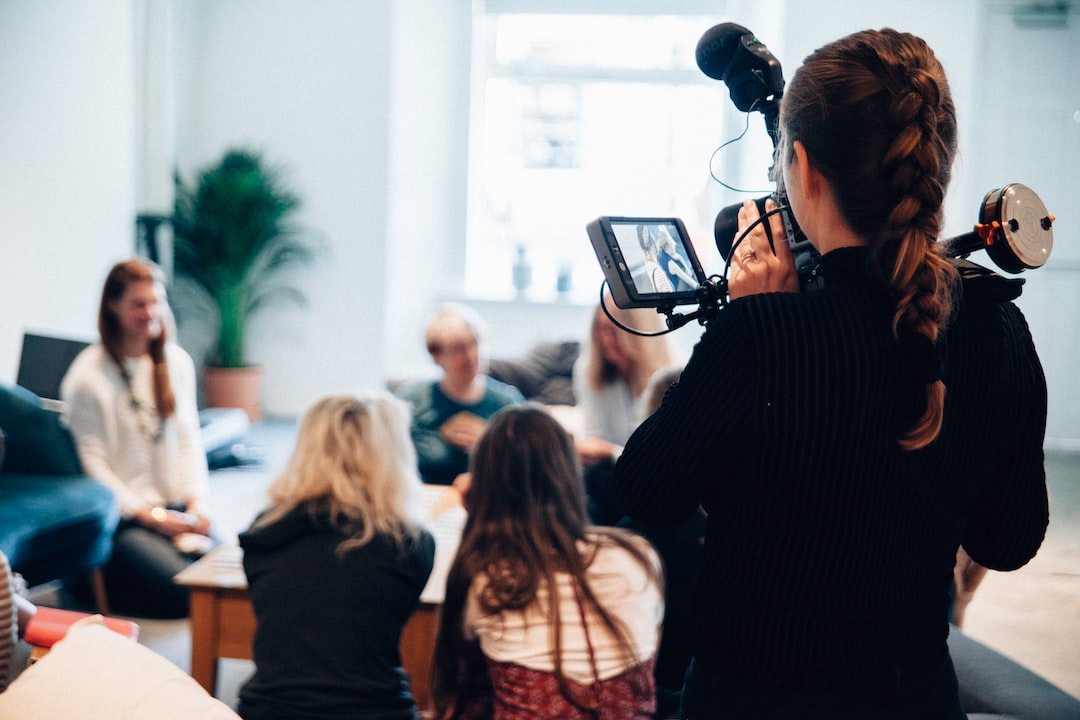The Impact of Media on Body Image: Are Unrealistic Beauty Standards Damaging?
In today’s digitally-driven world, we are constantly bombarded with images and messages through various forms of media. From television shows and movies to social media platforms, the media plays a significant role in shaping societal beauty ideals. However, the portrayal of unrealistic beauty standards in the media is causing detrimental effects on individuals’ body image and self-esteem. It is crucial to recognize and address this issue to prevent further damage to our well-being.
The media has long been criticized for perpetuating unattainable standards of beauty. Whether it is the flawless skin of models in advertisements or the perfectly sculpted bodies of actors in films, these images create an illusion of perfection that can be damaging to individuals’ self-perception. Many studies have shown a direct correlation between exposure to idealized images in the media and body dissatisfaction among men and women, and particularly among young people.
Teenagers, especially, are vulnerable to the negative effects of media on body image. At an age when they are discovering themselves and defining their identities, they are constantly bombarded with messages that suggest they should conform to a narrow definition of beauty. These messages can lead to body dissatisfaction, low self-esteem, and even the development of eating disorders such as anorexia nervosa or bulimia.
Furthermore, the impact of media on body image expands beyond the confines of gender. While women have historically faced more pressure to conform to unrealistic beauty standards, men are increasingly being targeted by media messages. With the rise of social media platforms like Instagram and TikTok, where images of “ripped” male bodies are portrayed as the ideal, more and more men are feeling the pressure to achieve and maintain an unattainable muscular physique. This leads to body dysmorphia and obsessive behaviors such as excessive exercise or the abuse of supplements and steroids.
One of the most significant consequences of media’s influence on body image is the rise of cosmetic surgeries and aesthetic procedures. With the constant bombardment of media images, individuals are resorting to drastic measures to achieve the unattainable beauty standards. According to the American Society of Plastic Surgeons, the number of cosmetic surgery procedures has been steadily increasing in recent years, with body contouring procedures such as liposuction and breast augmentation being the most popular. This obsession with altering one’s appearance can be attributed, at least in part, to the media’s portrayal of an unrealistic ideal.
To combat the negative impact of media on body image, it is essential to promote body positivity and inclusivity. This means advocating for a wider range of body types, ethnicities, and ages to be represented in the media. Brands and advertisers should be encouraged to include individuals with diverse body shapes and sizes to reflect the reality of the population.
Moreover, media literacy should be prioritized in schools and communities. By providing individuals with the tools to critically analyze and question the messages they receive from the media, we can empower them to develop a healthier relationship with their bodies. Education surrounding body image, self-acceptance, and emotional well-being should be part of the curriculum, enabling young people to build resilience against harmful media messages.
Ultimately, the impact of media on body image is a complex issue deeply ingrained in society. However, by recognizing the damaging effects of unrealistic beauty standards and taking steps to promote inclusivity and body positivity, we can strive towards a world where individuals’ self-worth is not determined by their appearance. It is crucial for both the media industry and society as a whole to understand that beauty comes in all shapes and sizes, and true confidence stems from self-acceptance, rather than conforming to idealized standards.

